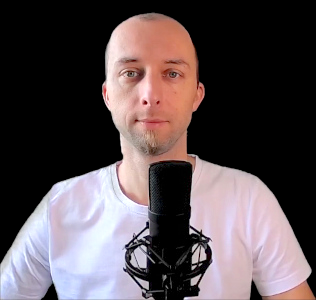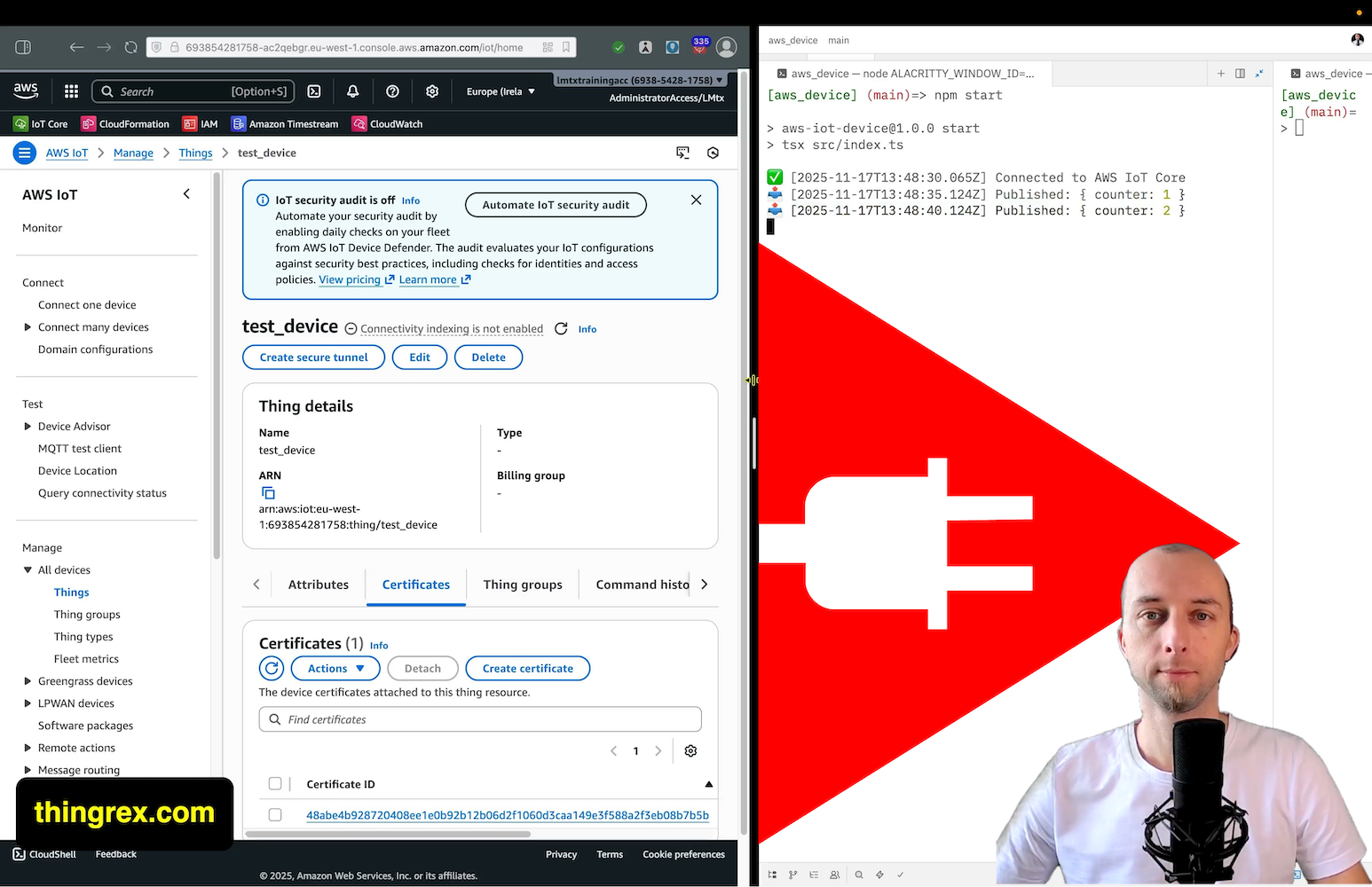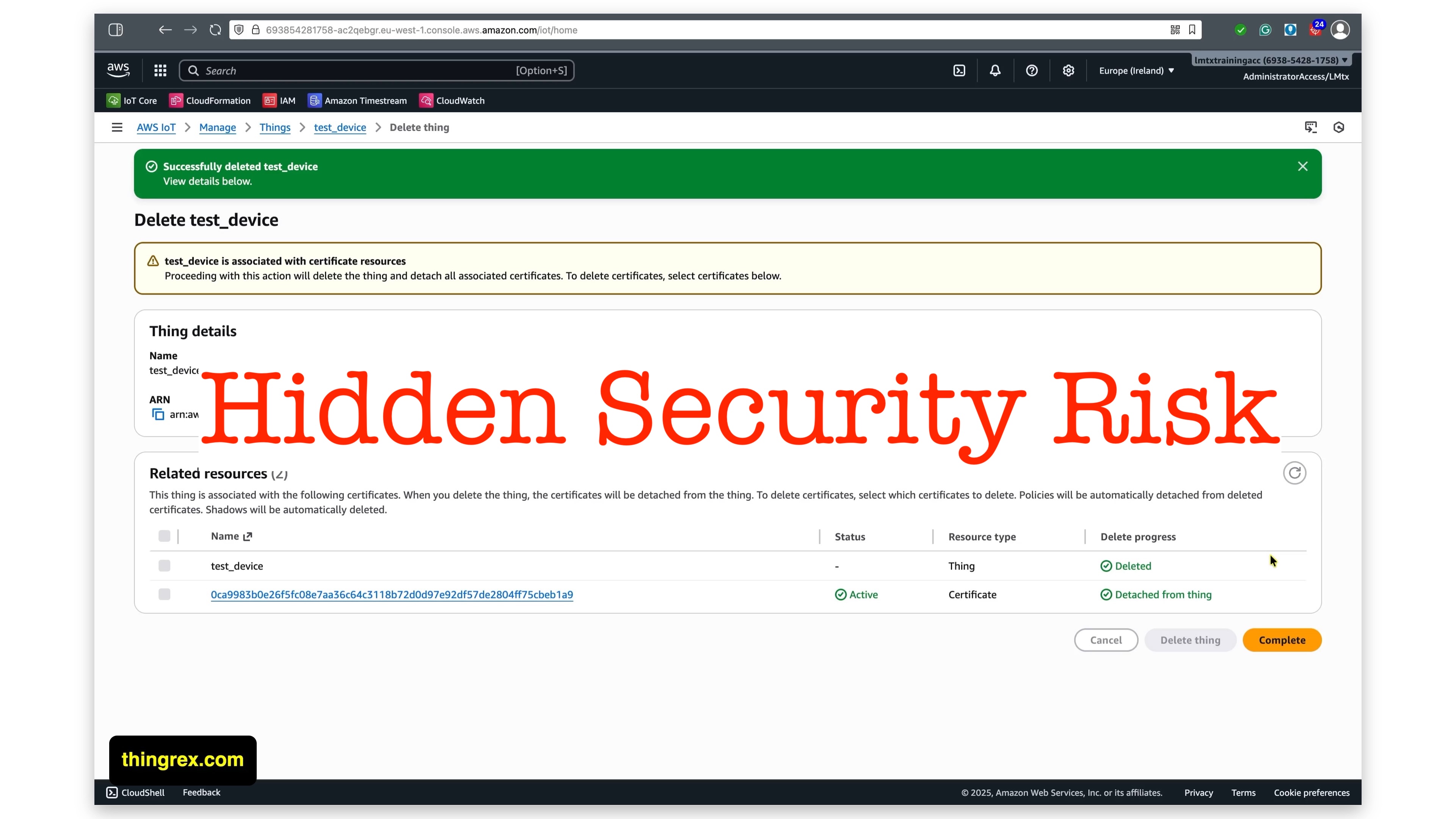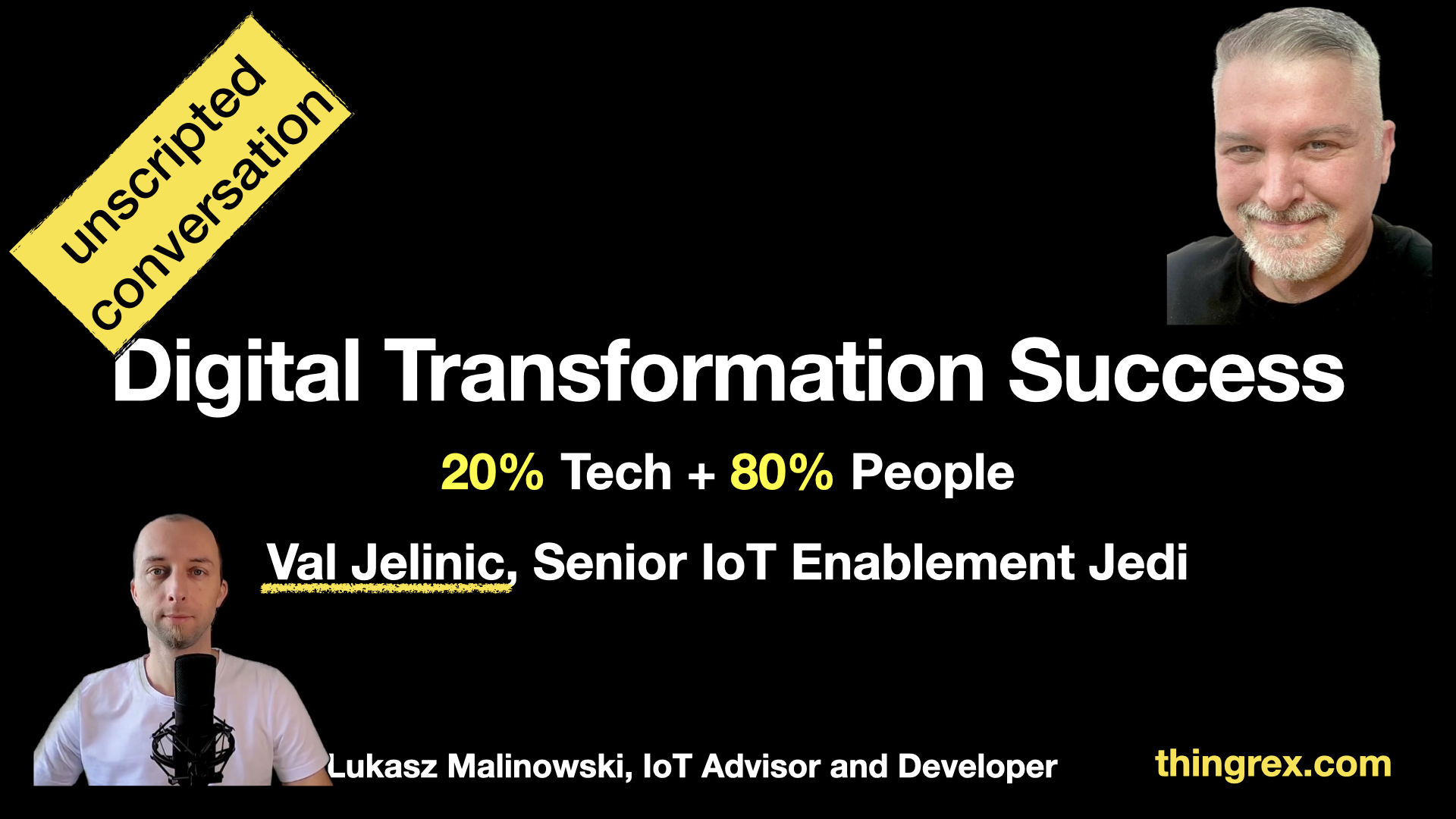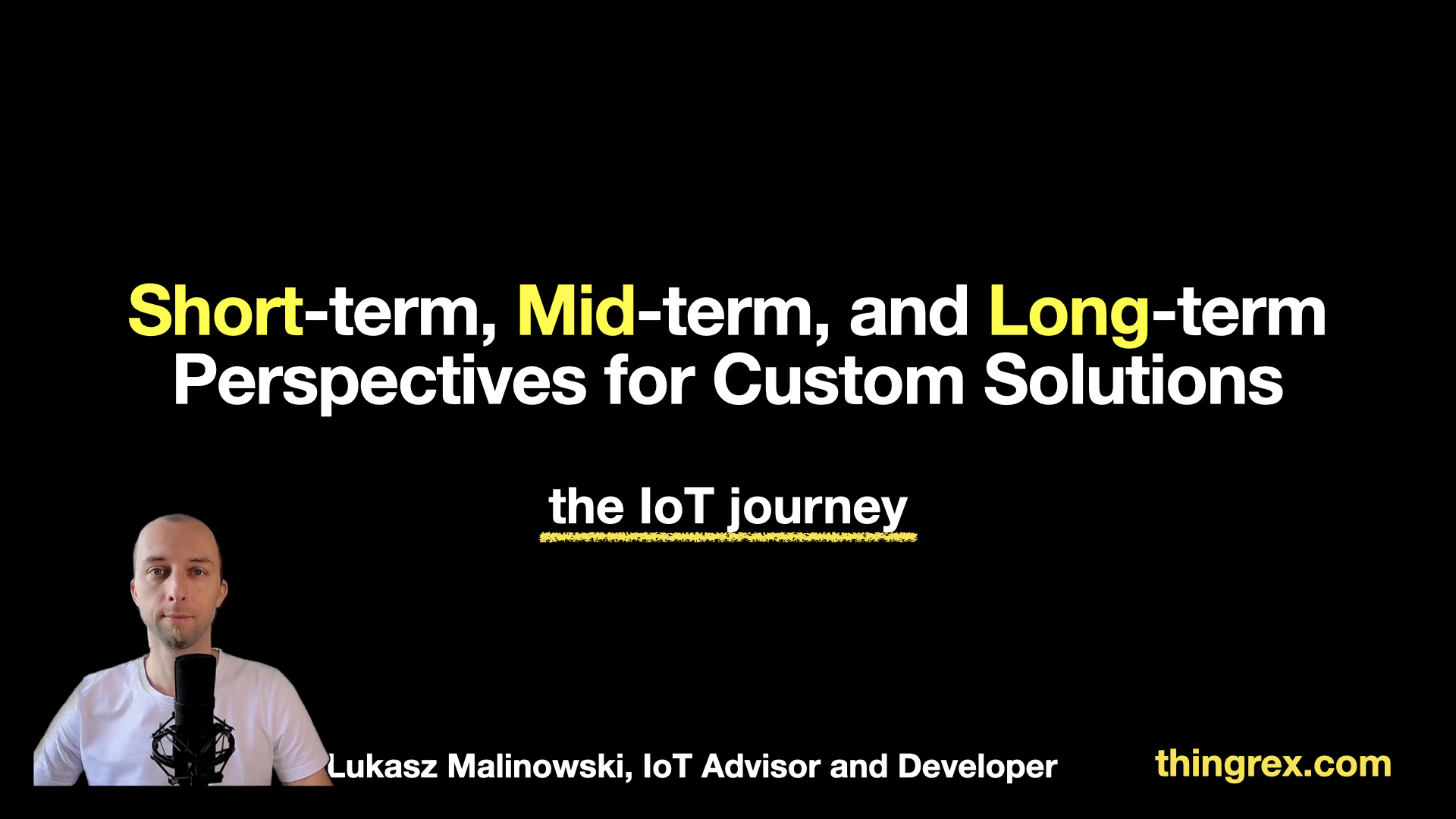Building a simple home automation system is very rewarding, but only for a short moment.
Recently, I created a simple solution that automatically turns the hall’s light on and off. Yes, I know, nothing fancy, but please don’t stop reading just yet.
I could have bought a lamp with that functionality built in, but that simple solution had several shortcomings:
Searching for a lamp that matches the hall design. Fitting the new lamp in the same spot. What about my other lamps? Upgrading a single piece of hardware does not improve the overall user experience, as legacy devices remain non-smart.

